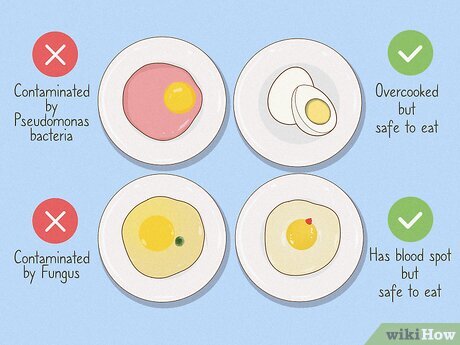Rethink your relationship with sugar. Here’s how to balance blood sugar, elevate your mood, and ditch the sugar cycle for good—naturally.
By: Saika J | Srinagar | 10 July 2025
We’ve all been there: reaching for that chocolate bar or sugary chai when the energy crashes mid-afternoon or emotions run high. But here’s the science: sugar triggers dopamine, the feel-good neurotransmitter, creating a cycle that can spiral into dependency.
The good news? You can break the loop and naturally reset your brain’s reward system with these five practical, expert-backed strategies.
Balance Your Meals to Beat the Craving Before It Starts
The way you build your plate can make or break your sugar habits. When you combine complex carbohydrates with healthy fats and proteins, it slows glucose absorption and prevents blood sugar spikes—which are often followed by sugar cravings.
Try this:
- Whole grains (quinoa, brown rice, oats)
- Legumes (chickpeas, black beans, lentils)
- Healthy fats (avocados, nuts, seeds)
- Lean proteins (eggs, tofu, fish)
- Fiber-rich vegetables (broccoli, spinach, carrots)
Why it works: A balanced meal keeps blood sugar steady and avoids the dopamine spike-and-crash cycle that comes from sugary, high-GI foods.
Don’t Skip Meals: Keep Your Blood Sugar & Mood Steady
Skipping meals or eating too infrequently causes blood glucose to drop, leading your body to crave quick energy—usually in the form of sugar.
Pro tips:
- Eat every 3–4 hours to prevent dips in energy
- Start your day with protein (eggs, yogurt, or a protein smoothie)
- Avoid going long hours without eating, especially in high-stress situations
Why it works: Regular eating stabilizes your mood and energy levels, helping you make mindful food choices instead of emotional ones.
Seek Natural Dopamine Boosts Instead of Sugar Highs
Your brain craves dopamine—but sugar isn’t the only path to pleasure. Healthier habits can also stimulate dopamine in ways that build resilience, not dependence.
Dopamine-boosting alternatives:
- Cardio workouts (running, cycling, dancing)
- Listening to music you love
- Spending time in nature
- Meditation or breathwork
- Creative hobbies (painting, journaling, gardening)
Why it works: These activities light up your reward system naturally, helping you develop a more sustainable relationship with pleasure and reward.
Stay Hydrated—It’s Often Not Hunger, It’s Thirst
It’s easy to confuse thirst with hunger or cravings, especially for something sweet. Even mild dehydration can trigger brain fog and low energy, making sugary snacks more appealing.
Smart hydration tips:
- Drink a glass of water before snacking
- Carry a reusable water bottle and sip throughout the day
- Include water-rich foods like cucumber, watermelon, and oranges
- Try herbal teas for flavor and calm
Why it works: Staying hydrated keeps energy and focus stable, reducing the likelihood of reaching for sugar to feel better.
Read Labels & Use Smart, Natural Substitutes
Sugar hides in surprising places—from salad dressings to breakfast bars. Being an informed eater helps you reduce your intake without feeling deprived.
Watch out for hidden sugars:
- Names like dextrose, malt syrup, fructose, cane juice, agave nectar
- Check the ingredient list and nutrition label
Healthy sugar swaps:
- Cinnamon for a natural sweet boost
- Fresh berries for natural fructose with fiber
- Plain Greek yogurt with honey instead of flavored varieties
- Mashed bananas or dates in baking
Why it works: Swapping smartly allows you to enjoy sweetness without hijacking your dopamine response.
Understanding the Sugar-Dopamine Connection
Sugar triggers a powerful dopamine release in the brain, reinforcing the habit through a reward loop. Over time, the brain adapts by needing more sugar to achieve the same feel-good hit—similar to the way addictive substances work.
But here’s the breakthrough: By stabilizing blood sugar, enhancing natural dopamine, and managing triggers, you can rewire your brain to crave nourishment, not just sweetness.
Final Takeaway: Heal Your Cravings, Heal Your Habits
Craving sugar doesn’t mean you’re weak—it means your body is trying to meet a need. The key is learning what that need truly is: energy, pleasure, stress relief, or emotional comfort.
With these five strategies, you can begin to meet those needs in healthier, more nourishing ways.
Summary
- Balance your plate with whole foods and fiber
- Eat regularly to avoid glucose crashes
- Activate dopamine through exercise, music, and creativity
- Hydrate consciously to avoid mistaking thirst for hunger
- Read labels and choose smart, natural swaps




